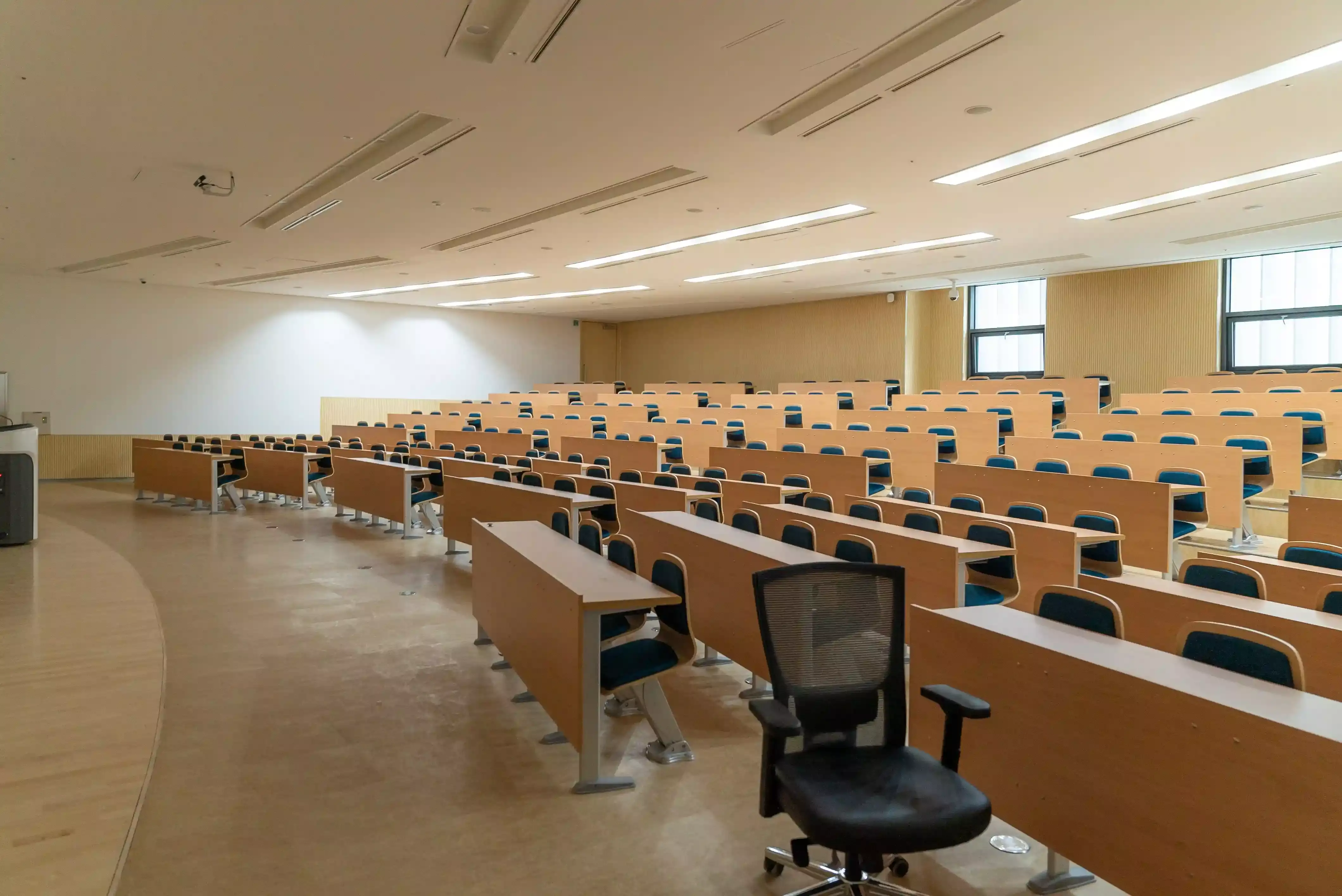BJP Claims Centre Set Up 2 Colleges a Day Since 2014, But 74% are Pvt Colleges
Data shows India has 21% govt colleges and educationists say Centre doesn’t play a role in establishing such institutes

The Bharatiya Janata Party (BJP), while promoting the ongoing Shiksha Parv, claimed that the Prime Minister Narendra Modi-led central government has set up two colleges every day since 2014.
Focusing on higher education, Modi government has set up two colleges every day since 2014.
— BJP (@BJP4India) September 7, 2021
First ever Forensic University and Rail & Transport University also established.#ShikshakParv pic.twitter.com/tl2Kan9jRS
The party credits the Centre for the rise in the number of colleges in the country to 42,343 in 2019-20 from 36,634 in 2013-14. Thereby, claiming that these 5,709 colleges were developed by the Modi government. These numbers are according to the All India Survey on Higher Education (AISHE), which is conducted every year and its reference period is up till September 30.
There are three types of colleges: Government, private aided, and private unaided colleges.
According to AISHE 2019-20, private unaided colleges are institutions, which are managed by an individual, trust, society or other private organisation, which is either not receiving any grant or is in receipt of a one-time ad-hoc grant. And, private aided colleges are those that receive regular maintenance grants from the government or a local body like panchayat, municipality, cantonment board, town area committees and any other bodies of the local self-government.
There are 31,390 colleges or 78.6% private colleges in the country, according to AISHE 2019-20. Among these, 65.2% or 26,502 are private unaided colleges, and 13.4% or 5,336 are private aided colleges. Government colleges constitute 21.4% (8,655) of the total colleges in the country, shows the latest AISHE report.
This makes the BJP's claim of setting up 2 colleges every day since 2014 misleading as the Centre had taken no initiative in setting up the private colleges. In fact, when it comes to private colleges, the Centre only comes into picture after the setting up stage and for the University Grants Commission (UGC) affiliation stage.
"Whether it is aided or unaided, if you have to start a college, you have to take clearance from the state government. And, then if you want to affiliate the college with a university, you have to take clearance from the Centre, because the UGC will only approve it after the Centre's approval," DM Diwarkar, former director of AN Sinha Institute of Social Sciences, told FactChecker.
Educationists highlighted that for establishment of colleges, state governments play a pivotal role. "There is a format through which the applications need to be sent through concerned universities to the state, then the state government approves this. In terms of the responsibilities of decisions and changes would fall under the purview of the state government," said Dr Harish Ramaswamy, professor of Political Science at the Chanakya Alumni Association, Dharwad.
Ramaswamy then explained how a private college is setup. The initiative of establishing falls solely on the individual, trust, society or other private organisation in the beginning to get land, place, building, etc, he said. "Then when they apply, all the things concerned will be checked and if a university approves, it goes to the government for clearance. After that, for a minimum five years, they will have to run the show like that and subsequently the college will have an advantage and can apply for aid," Ramaswamy explained.
On analysing AISHE data, FactChecker found that the percentage of private unaided colleges established between 2013-14 and 2019-20 ranged between 68% and 80%. The highest was in 2015-16, when over 79.6% of colleges established were private unaided ones. In the past six years, an average of 74.6% of the colleges established annually in the country are unaided private colleges.
FactChecker tried contacting Union Minister of Education Dharmendra Pradhan via call and email but had not received a response by the time of publishing this article. If and when we do, this article will be updated.
Girl's Toilets
On the inaugural day of Shikshak Parv, the Government of India tweeted that while 89% of the schools had toilets for girls in 2013, this number had risen to 97% in 2020. This too is a misleading claim.
Under the leadership of PM Shri @narendramodi, the government has taken several transformative steps to develop a holistic education system for children and youth. #ShikshakParv pic.twitter.com/iZk3Moa9H7
— MyGovIndia (@mygovindia) September 7, 2021
There are a total of 14,94,414 schools in the country where girls can be admitted, according to the Unified District Information System for Education Plus (UDISE+) 2019-20 report. Of these, 14,47,833 schools have a girl's toilet, which is around 97%, but only 13,93,181 of the toilets are functional, shows the report. This means that 54,652 schools have the toilets but they are non-functional.


